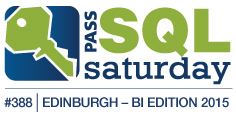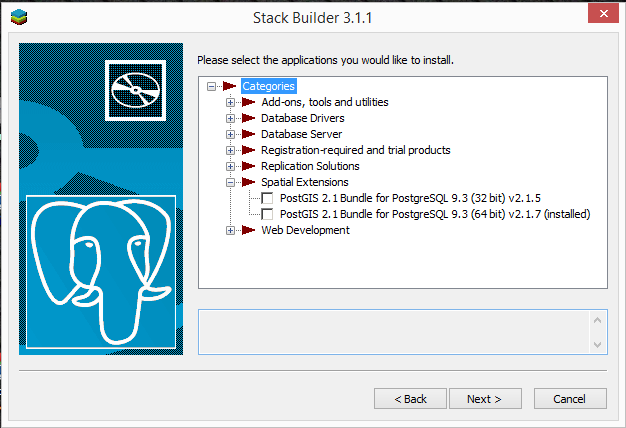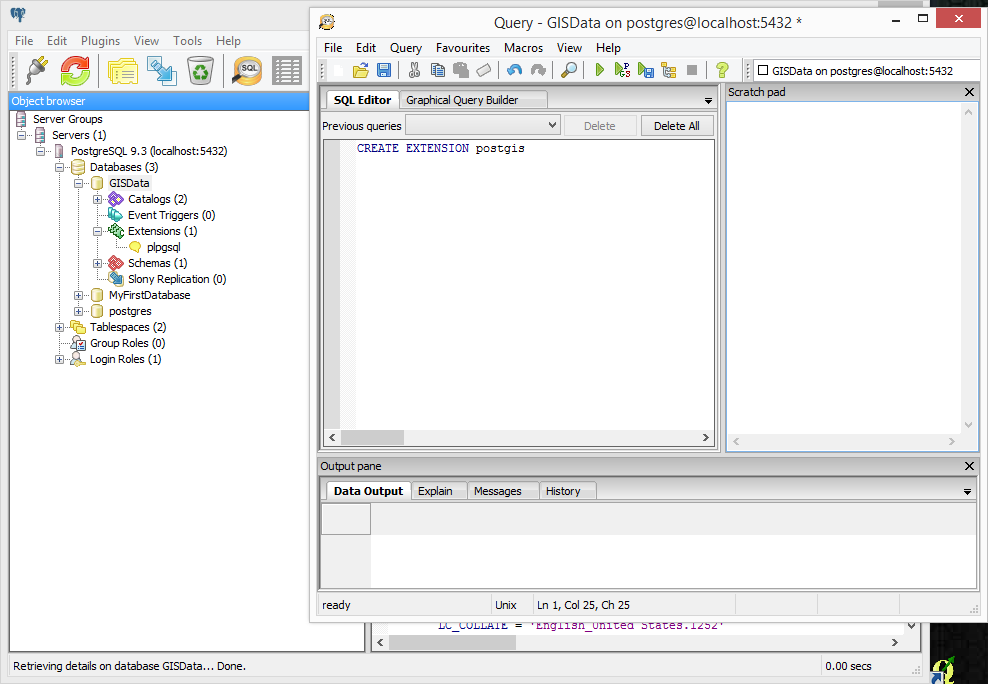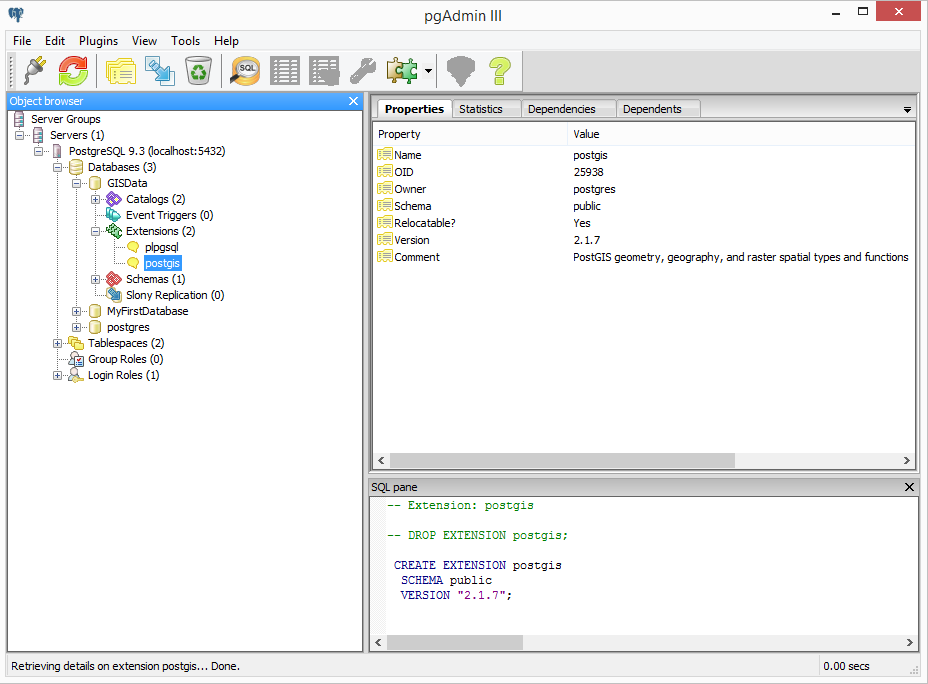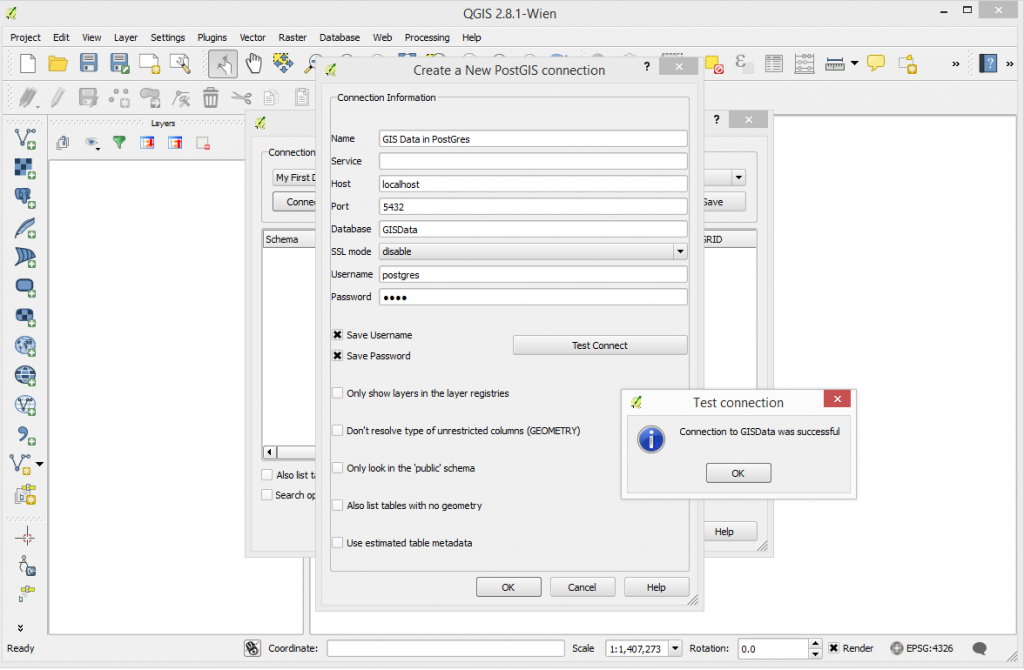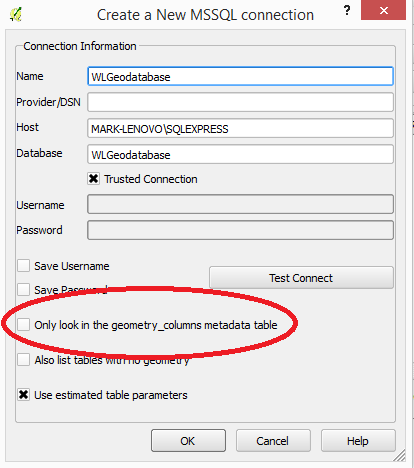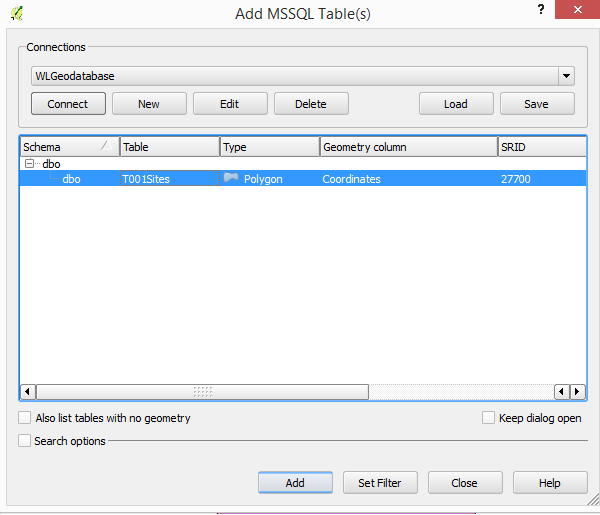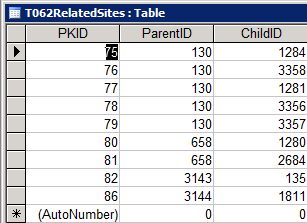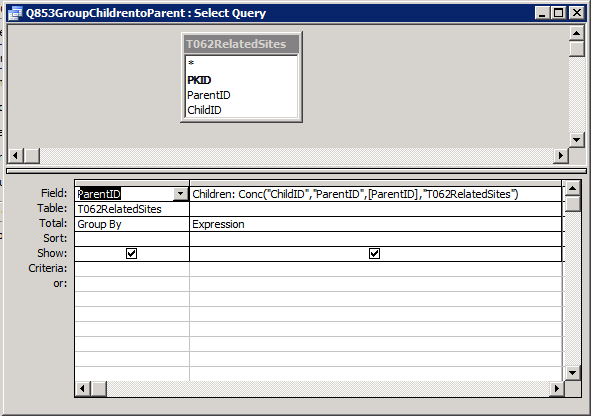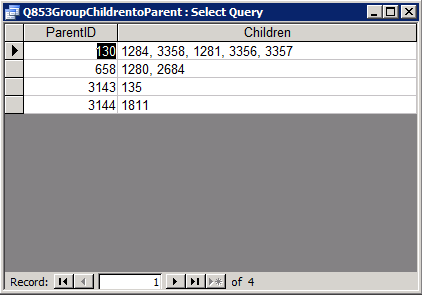I have been seeking a way of designing simple web forms for a reasonable cost for some time. I was continually coming across either very professional products with really quite large annual charges (alpha anywhere) or alternatively products that charge a per seat cost for users (zoho creator). Fine I don’t mind paying for software I really don’t but what about a project that only brings in $2000 dollars a year how can I justify Alpha Anywhere’s costs for that or how can I give access to individuals who will need an application very rarely but for whom there is real value in knowing this information. I have long believed that software costs should be coming down in cost rather than ever increasing and getting users interested in your applications is often impossibly hard at the best of times when there is no cost let alone when you tell them that they need to shell out for a subscription. What happens to the user who only needs something once in a blue moon or a user not from within your department within a section where you have no control of the budget? I’ve recently had a lot of success with open source software and as a result I have been scouring the internet for options for some years. Recently I found a project called nuBuilderPro from an Australian based development house called nuSoftware. nuBuilderPro is version 3 of what I think is their own framework. It looked good and what’s more although based on the LAMP stack which is something I’ve had very little dealings with they offered a fully hosted VPS service where I could experiment and get my bearings. They completely host the development environment for a very very reasonable price. Given that I didn’t know whether it was going to be useful to me yet this seemed an ideal opportunity to experiment. It has only been a short time since sign up but I can already see that it will prove useful. I have signed up for the most basic of server accounts and at 17th of January created 3 very basic applications. All in about 3 hours of work. Thats what I like to see proper RAD development.
The website is here.
And the options for hosting are here
www.nubuilder.net/hosting.php
Importantly you can start small get to know the product and work up – additional users do NOT cost you extra money, login security comes built in and you are free to design as many applications as you can fit within your VPS. Given that when I first signed up I didn’t have any users or applications and didn’t know how to design applications, this seemed completely ideal.
So far it looks like I’m going to use it for small but important applications that need very quick development that are very distributed. That’s not to say it couldn’t be used for much larger applications but I need to run before I can walk. Given the underlying database engine and stack it is likely that it will be able to handle much bigger projects than I am likely to throw at it. Although Open Source all but the top of the stack has been in solid development for many years I guess the question mark is over the control management framework for the database integration and form building UIs which is somewhat new and untested. I would very likely have gone with something like Lightswitch but Microsoft have been giving a distinct lack of commitment to any one RAD web tool recently. Certainly it is true that very few individuals seem to know about it and the forum is somewhat quiet compared with some open source projects. Importantly though I haven’t come across any other open source projects with the price model that they have and importantly I can easily get any information in and out so I don’t believe I am taking any risk. I hope to be investigating it further over the coming months. From what I have seen so far I am very impressed and did I say it had a unique price model anyway watch this space!


